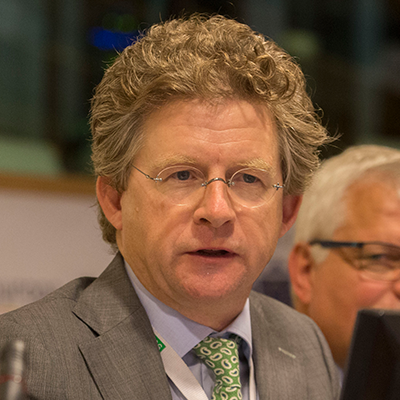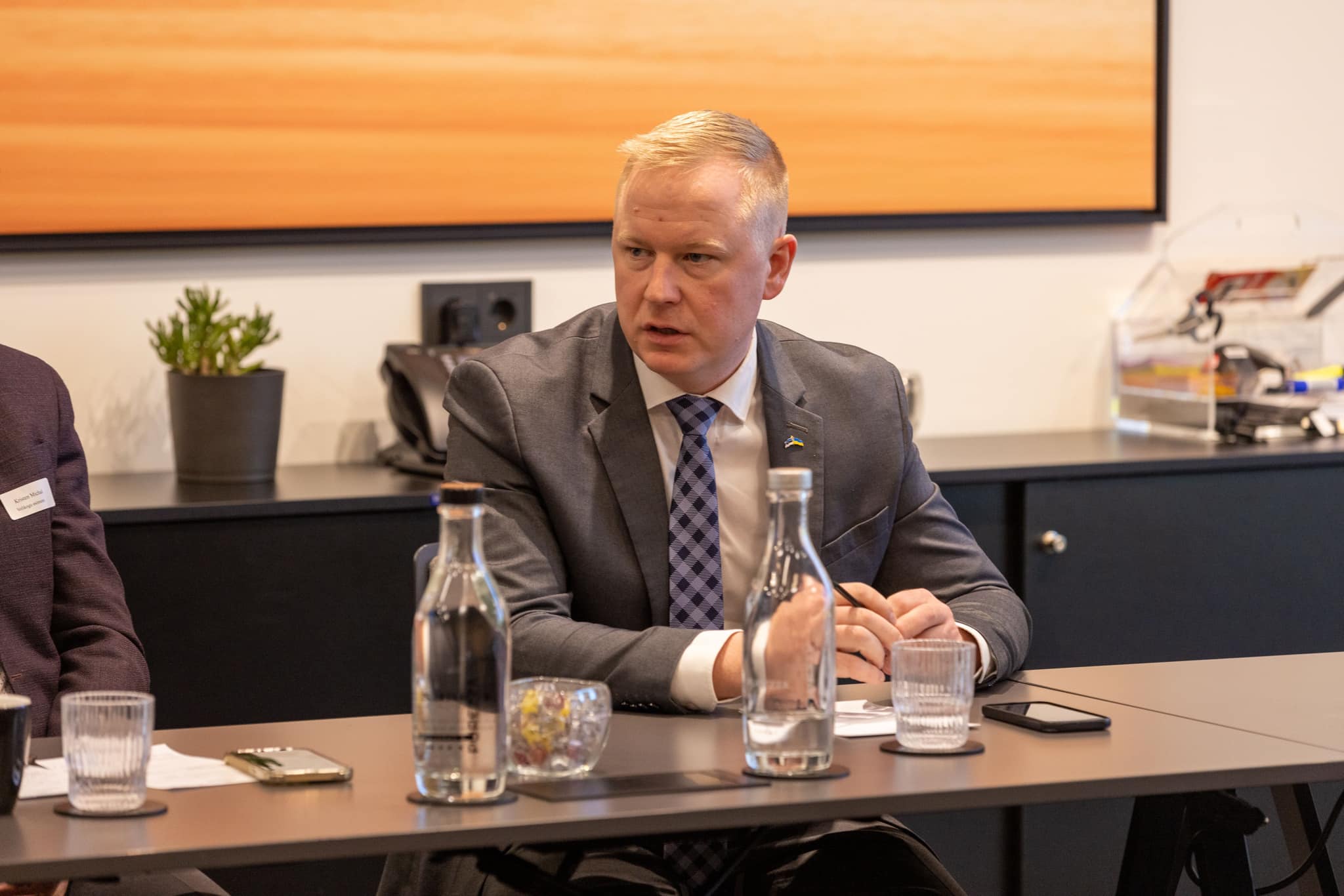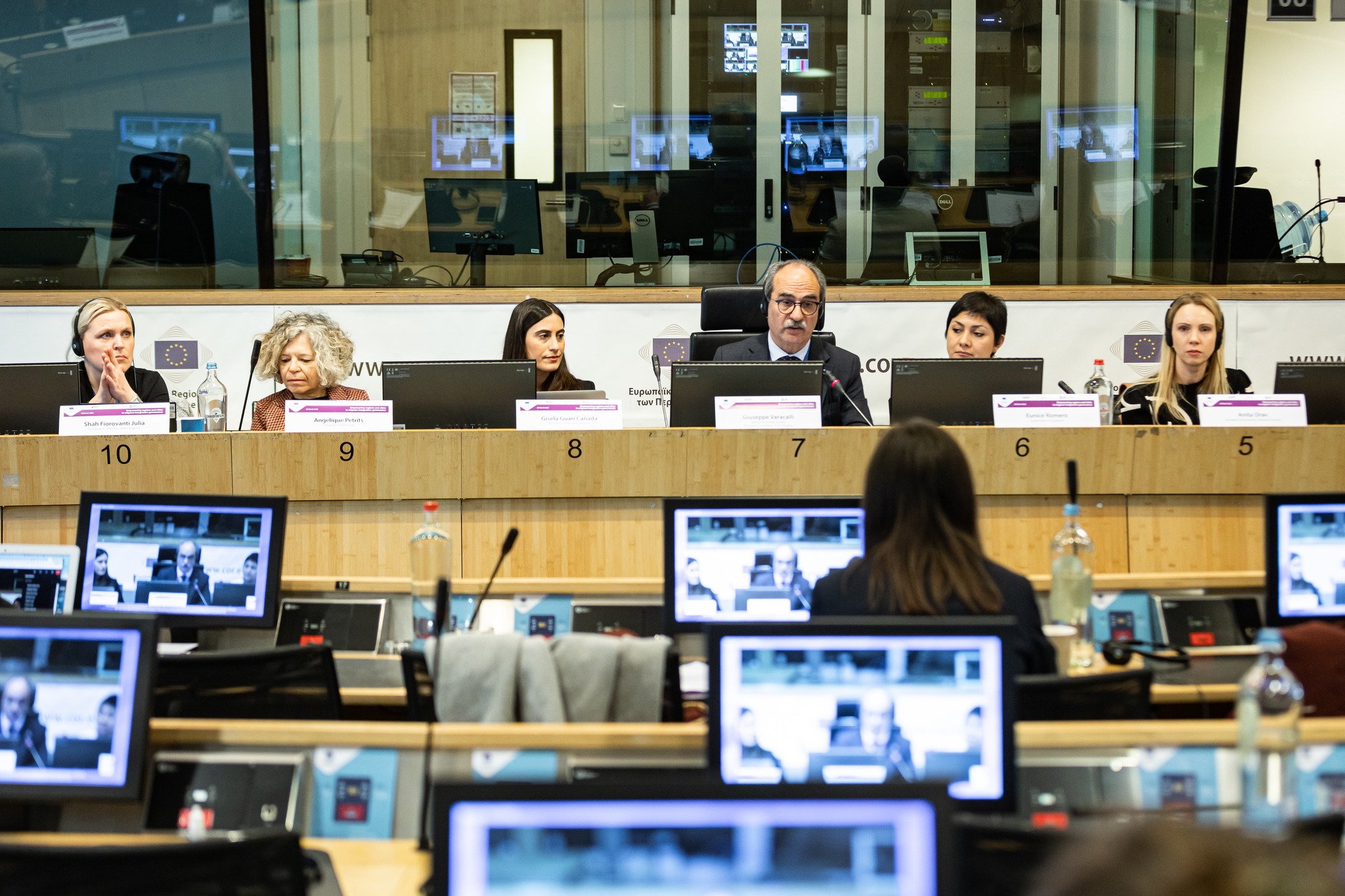Profound changes are needed to the way people and goods move today to reduce greenhouse gas emissions. “Through integrated, efficient and effective policies local authorities can continue to be key enablers of clean technology through sustainable transport and mobility systems” argues Michiel Scheffer (NL/D66) in his thorough report.The European Commission’s “Clean Mobility Package” wants to deliver results through legislative and non-legislative measures with the necessary tools for better investment in clean vehicles and alternative fuel infrastructures. It wants to reduce greenhouse gas emissions from transport by at least 60% compared with 1990 levels by 2050.
Michiel Scheffer:
“Transport is the one area where the EU has made no progress in reducing emissions. Transport accounts for almost a fifth of Europe’s climate-changing emissions, yet it is the only sector whose emissions have not fallen since 1990. This is intolerable as well as unsustainable; public concern about pollution is rising, and radical changes are needed fast. So I am more concerned with how we can scale up the market for clean transport technologies rapidly and with the quality of the EU’s legislative proposals than with its headline targets.”
Local and regional authorities are already early adopters of clean technology in transport. Many European cities and regions are also front-runners in the transition to low-and zero-emission mobility. This benefits the lives of European citizens directly, especially in cities with dense and highly polluting urban traffic affecting people’s health. Moreover, local and regional authorities operate most forms of public transport in many member states and are thus crucial to achieve climate objectives.
Consumer involvement critical
Any decision taken by cities in cooperation with other stakeholders will also fail to have a positive impact if consumers are not adequately involved. If the deployment of alternative fuel infrastructure is not in line with their wishes and expectations, there is a risk of low uptake.
Local authorities need to influence user behaviour to encourage the broadest possible uptake of alternative ways of transport and fuels, ensuring that such services remain accessible and reliable.
A higher frequency of buses, or adapting urban development with for instance no space for parking when building new infrastructure are just a few examples.
“Investments should also be carried out in a way that encourages private and business car owners to follow suit, possibly through synergies in the charging and hydrogen infrastructure.” Greater ambition is needed for instance for hydrogen refuelling points, as one point per 300 km is far too little in densely populated areas.
“We share common aims – cleaner air, and cleaner seas, smoother traffic, and a well-balanced set of cycling, road, rail and shipping options for citizens and businesses. We also have a good base and important competitive advantages: Europe is also a world leader in transport innovation, digitalisation and decarbonisation of the economy. What we need now is the critical mass to develop a thriving market for green transport. An integrated approach is good policy and good politics.”
Michiel Scheffer is our group’s transport and mobility expert, with previous reports on “Missing Transport Links in Border Regions” and currently also “Realization of the trans-European transport network“.
“Plans for zero #emission #mobility should go beyond end of tail solutions, but be aligned to a roll-out of green #electricity production and distribution” says @MichielScheffer: https://t.co/yAih6cfzxC. #CorPlenary @EU_CoR #Regions4Climate pic.twitter.com/2mYuSTYA4B
— ALDE-CoR (@ALDE_CoR) 5 July 2018
Delivering on low-#emission #mobility? @MichielScheffer is on it: https://t.co/RuTMaswyNX. Local authorities will be key enablers for the deployment of alternative fuel charging infrastructure. pic.twitter.com/RNh6yokUHN
— ALDE-CoR (@ALDE_CoR) 1 March 2018





